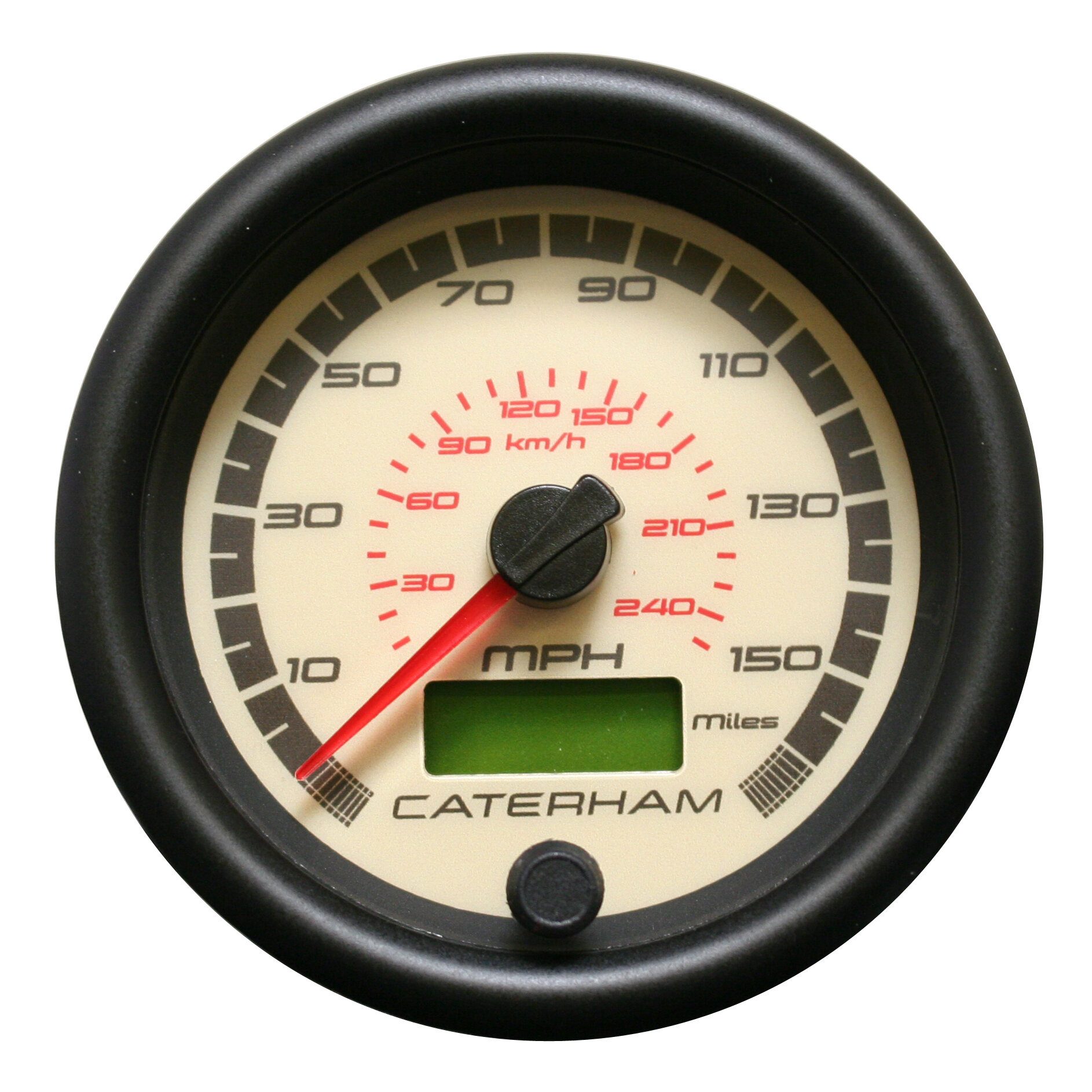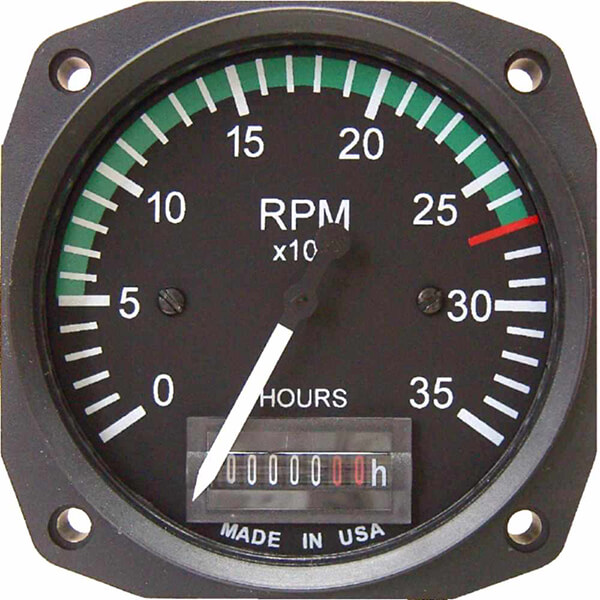Opening the Tricks of Tachometers: Everything You Need to Learn About This Essential Tool in Your Automobile
Comprehending the complexities of tachometers can provide beneficial understandings into your car's efficiency and upkeep demands. From measuring engine rate to understanding the data it presents, tachometers function as a critical device for car proprietors and lovers alike. By deciphering the mysteries behind this crucial instrument, you can unlock a wide range of info that can enhance your driving experience and ensure the longevity of your automobile.
Significance of Tachometers
The significance of tachometers depends on their capacity to offer essential real-time data about an engine's rotational speed, enabling accurate surveillance and maintenance of equipment. By determining the revolutions per min (RPM) of an engine's crankshaft, tachometers offer useful insights right into the engine's performance - tachometer. This data is essential for making sure that the engine operates within its ideal array, preventing possible damage from over-revving or underperforming
Tachometers play a crucial role in assisting drivers and specialists identify any abnormalities in the engine's rate, which could suggest concerns such as fuel ineffectiveness, mechanical troubles, or excessive stress on the engine. By without delay identifying these problems via tachometer readings, maintenance can be done proactively, protecting against costly repair services and downtime over time.
Furthermore, tachometers are especially critical in high-performance vehicles and machinery, where accurate control over engine rate is needed for optimum procedure. Racing vehicles, aircraft, and industrial devices depend on tachometers to supply peak efficiency while keeping safety and security standards. Essentially, tachometers are not just instruments for measuring speed but important tools for making sure the smooth and effective procedure of engines across different applications.
Exactly How Tachometers Procedure Engine Speed
Using sensors that detect the regularity of electrical pulses generated by the engine's ignition system, tachometers properly determine the rotational rate of an engine. By checking the rate at which these pulses are obtained, tachometers supply real-time feedback on just how quick the engine's crankshaft is rotating per min, commonly described as transformations per min (RPM)
The tachometer's sensor, often linked to the engine's ignition coil or spark plug cords, picks up the electric signals produced each time a cyndrical tube fires. These signals are then exchanged RPM analyses displayed on the gauge or tool cluster within the vehicle driver's view. Tachometers can be analog or electronic, with modern automobiles commonly featuring electronic displays for specific and instant RPM analyses.
This information is important for drivers to comprehend the engine's efficiency, prevent over-revving, enhance equipment shifting, and make sure reliable fuel usage. By properly measuring engine speed, tachometers play a crucial duty in helping motorists run their vehicles safely and effectively.
Analyzing Tachometer Analyses
Having a clear understanding of how tachometers gauge engine speed sets the structure for successfully translating the RPM readings presented. Translating tachometer readings is critical for optimum car performance and engine wellness. When the engine this post is idling, the tachometer needle normally rests around 600-1000 RPM, depending on the lorry.


Tips for Using Tachometers Successfully
To enhance driving performance and enhance engine efficiency, what key approaches can be carried out for effectively using tachometers? Tachometers are essential devices that provide real-time responses on engine speed, allowing chauffeurs to make enlightened decisions for much better efficiency - tachometer. Here are some ideas for using tachometers efficiently:
Understanding Ideal RPM Array: Familiarize yourself with the optimum RPM (Revolutions Per Minute) variety for your lorry. This variety ranges different cars and trucks and is usually suggested in the proprietor's manual. Keeping imp source the engine within this variety can boost gas efficiency and extend the engine's life-span.
Shifting Gears at the Right Time: Use the tachometer to determine the best time to shift equipments. Purpose to shift equipments when the RPM gets to the optimum array for the following equipment.
Checking Engine Stress And Anxiety: High RPMs for long term periods can stress the engine. Maintain an eye on the tachometer to stop over-revving, particularly during acceleration or when carrying heavy lots.
Tachometers and Lorry Upkeep
When taking into consideration lorry upkeep, tachometers play a vital function in keeping track of engine performance and detecting possible problems. Tachometers offer important data on engine rate, enabling chauffeurs and mechanics to make certain that the engine is running within the suggested RPM range. Regularly checking the tachometer readings can help recognize issues such as engine misfires, damaged stimulate plugs, or issues with the gas shipment system. By focusing over at this website on the tachometer, motorists can avoid too much stress on the engine, which can lead to expensive repairs down the line.
In addition to identifying prospective concerns, tachometers can also assist in enhancing gas efficiency. By keeping the engine rate within the optimum range, vehicle drivers can improve their gas mileage and minimize gas consumption. This not only profits the vehicle driver's purse yet also contributes to ecological preservation by decreasing hazardous exhausts.
Conclusion
